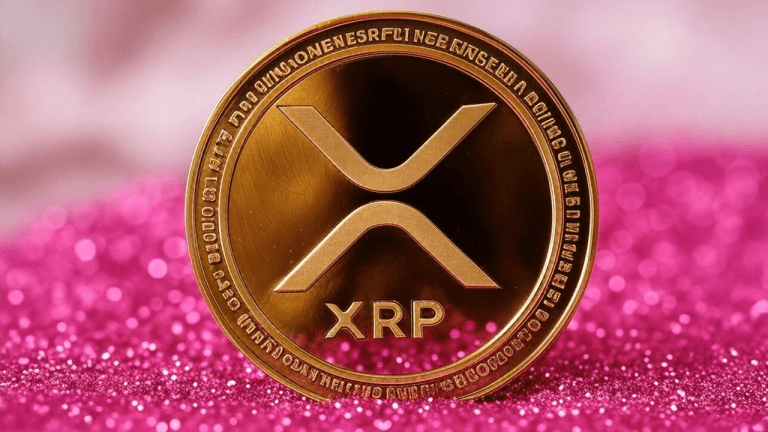
Avalanche (AVAX) price drops 45% in a month and data points to further downside

AVAX is testing support at $14.80 and the network’s DApp use is underperforming its competitors, suggesting that the easiest path forward is down.
Avalanche (AVAX) is down 45% in 30 days and in the same time the cryptocurrencies’ total market capitalization shrank by 29%.
Despite the recent downturn, this decentralized application (DApp) platform remains a top contender in the layer1 and layer2 race and it ranks high in terms of smart contract deposits and active addresses. Yet, the lackluster token price is still causing investors to rethink whether the network remains a “serious” competitor.

The brutal sell-off on risk assets caused AVAX to test the $14.80 support multiple times, while the current market capitalization stands at $4.8 billion. It’s important to also note that the network’s total value locked (TVL) holds an impressive $3.2 billion.
As a comparison, Solana (SOL) offers incredibly low network fees and holds a $2.1 billion TVL. Yet, SOL token’s market cap stands at $12.9 billion, which is almost 3 times larger than Avalanche’s valuation at the $14.8 price level.
The TVL indicator is extremely relevant because it measures the deposits on the network’s smart contracts. If we use Polygon (MATIC), an Ethereum layer-2 solution, as a proxy, the network holds a $1.8 billion TVL while the token’s market capitalization stands at $3.5 billion.
In short, Avalanche looks heavily discounted considering how similar networks’ market capitalization vastly exceed their respective TVL.
Total value locked increased, but the number of users declined
Avalanche’s primary decentralized application metric strengthened in the last 60 days as the network’s TVL jumped to 184 million AVAX tokens. This suggests that even as AVAX price crashed, investors did not withdraw tokens from its decentralized applications.

In terms of AVAX tokens, the network’s TVL has effectively grown by 35% in two months. As a comparison, Ethereum’s TVL increased by 10% in Ether terms, while BNB Chain faced a 14% reduction in the same period.
To confirm whether the TVL increase in Avalanche is encouraging, traders should analyze DApp usage metrics. Some applications, such as games and marketplaces, do not require large deposits, so the metric is irrelevant in those cases.

As shown by DappRadar, on June 21, the number of Avalanche network addresses interacting with decentralized applications declined by 42% versus the previous month. In comparison, the BNB Chain faced a 16% user decrease, while Polygon declined by 29%.
Price follows fundamentals, which have gone down
Even though Avalanche’s TVL has outperformed competing Dapp networks, the decrease in network use is concerning. For instance, Trader Joe’s 93,130 active addresses are smaller than Polygon’s leading DeFi application, QuickSwap, which holds 161,040 active users.
The above data suggest Avalanche is in troubled waters and might explain why the AVAX price plunged 45% in 30 days. Investors will likely remain skeptical of the $14.80 support until the network usage metrics improve, especially the number of active addresses in DeFi.
The views and opinions expressed here are solely those of the author and do not necessarily reflect the views of Cointelegraph. Every investment and trading move involves risk. You should conduct your own research when making a decision.
Go to Source
Author: Marcel Pechman









